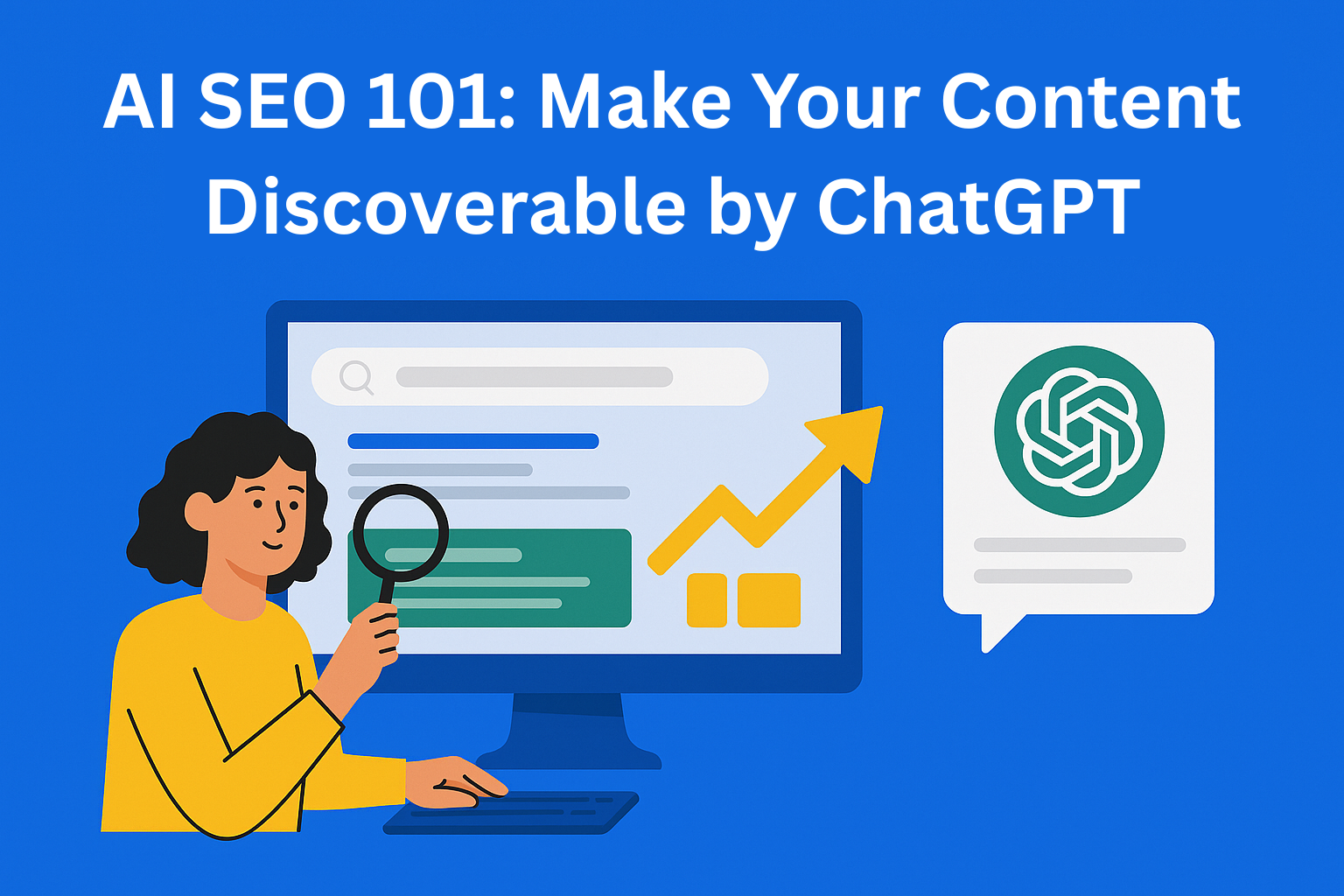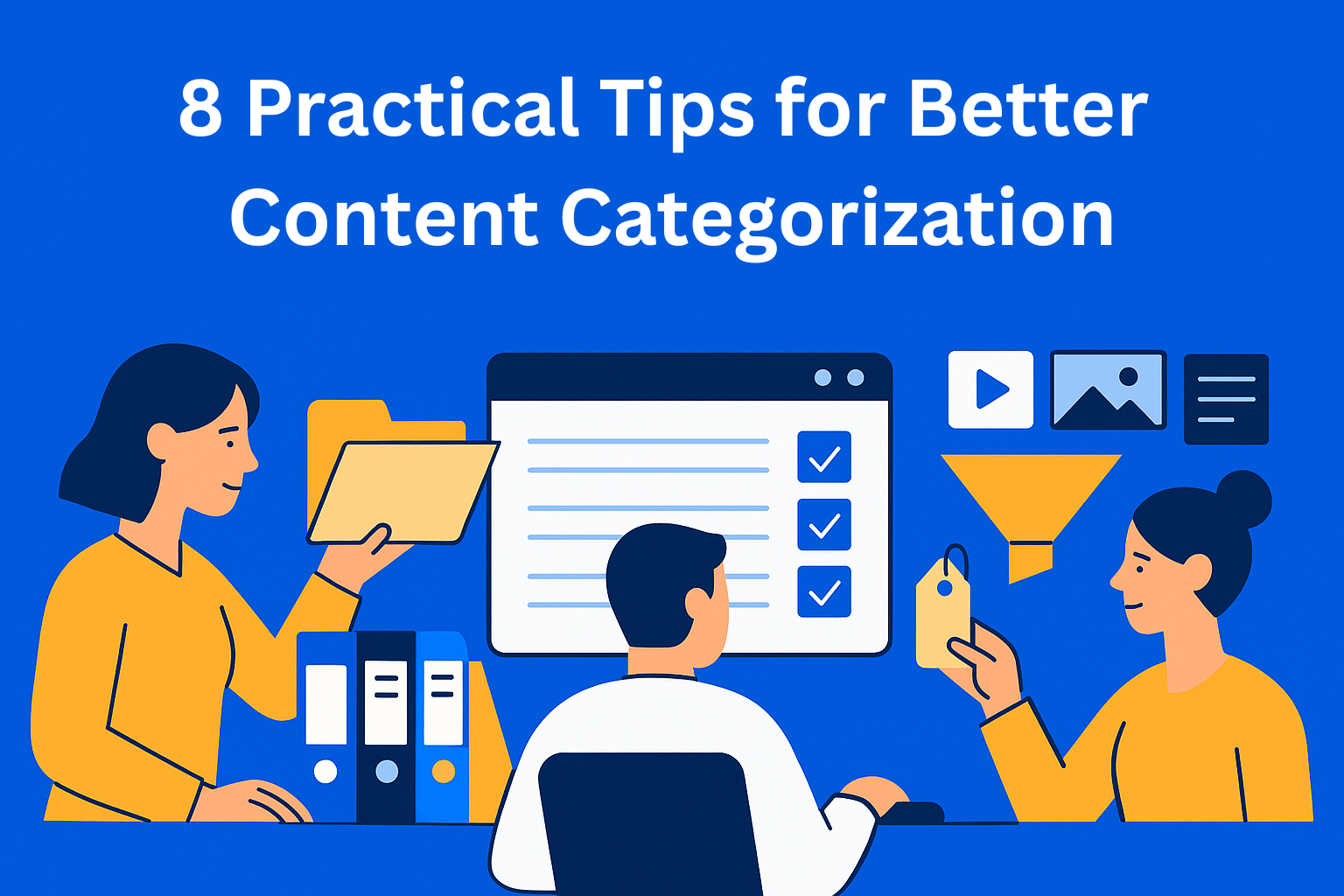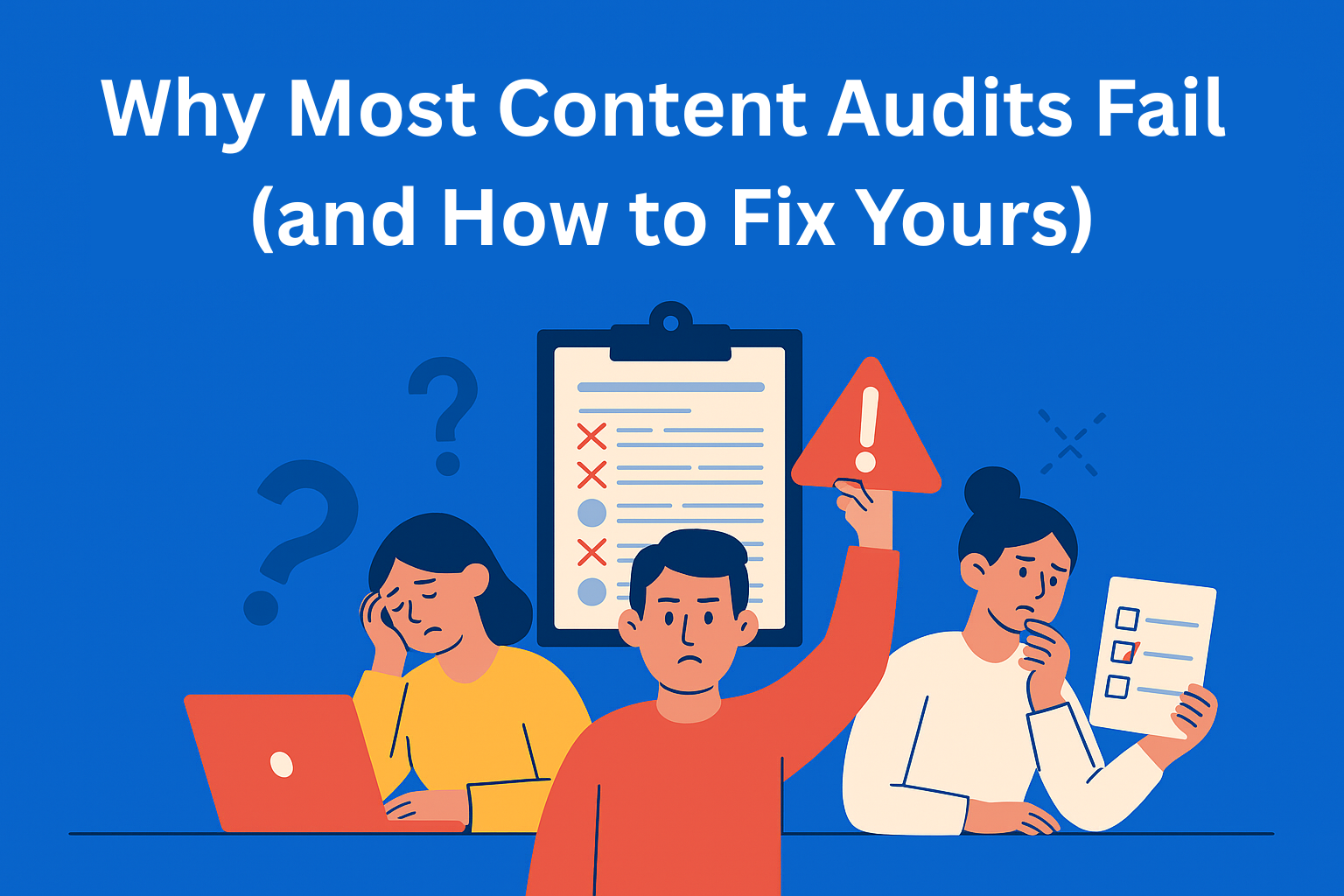AI SEO 101: How to Make Your Content Discoverable by ChatGPT
AI SEO isn’t just keywords. Structure, authority, and clear answers make your content discoverable and citable by models like ChatGPT - turning your writing from “just online” into a trusted, recommended source.

SEO used to be simple: write a blog, sprinkle some keywords, and hope Google notices. Unlike traditional SEO, ChatGPT and other language models aren’t scanning for keywords - they’re parsing structure, authority, and clarity. If your content is messy or vague, it’s like handing the AI a puzzle with half the pieces missing.
So, how do you get your content to not just exist online but actually get recommended by AI? Let’s break it down.
Key Takeaways
- Structure is essential - Headings, short paragraphs, and bullet points aren’t decoration; they’re signals that AI uses to understand hierarchy, importance, and answers.
- Authority is pattern-based - Models evaluate credibility through consistent terminology, clear references, and coherent topic coverage, not business credentials.
- Answer-focused content performs best - AI favors content that frames questions clearly and provides concise, extractable answers in paragraphs or bullet points.
- Clarity beats cleverness - Avoid vague pronouns, inconsistent terminology, and hidden definitions; AI prefers explicit, unambiguous signals.
- Consistency across your library matters - Well-structured, standardized, and cohesive content across posts signals topical authority, making AI more likely to recommend your work.
Structure Is Your New Best Friend
AI doesn’t skim the way humans do - it dissects. Headings, paragraphs, and bullet points aren’t just “nice to have,” they’re signals: “This is important. This is supporting info. This is the answer you’re looking for.”
Here’s a simple checklist for AI-friendly structure:
- Descriptive headings: “How to Bake a Cake” > “Cake Tips”
- Short paragraphs: 2-4 sentences max; one main idea each
- Bullet points for answers: Models love tidy, extractable info
- Logical flow: Don’t throw your AI friend in the middle of a narrative cliffhanger
Think of it like building a Lego model. Each piece has a place. If you dump all the bricks in a pile, the model might still be there, but good luck convincing the AI it’s the Eiffel Tower.
Authority Isn’t Just About Who You Are
Models assess credibility in surprising ways. They don’t check your business license - they look at patterns: consistent terminology, clear references, and coherent coverage of a topic.
Quick ways to signal authority:
- Name entities precisely (in our example, we should use “EasyContent” instead of “this platform”)
- Link to credible sources when appropriate
- Repeat key terms consistently across your content
- Avoid vague filler - AI punishes ambiguity
Basically, you want your content to scream: “I know this topic. I’ve been around the block. You can trust me.”
Answer-Driven Queries Are Your Playground
AI SEO isn’t about tricking a machine - it’s about being useful. Models aim to deliver clear, concise answers. Your content should make that job easy.
Strategies:
- Frame content around the questions people ask
- Highlight the exact answers in bullet points or short paragraphs
- Include definitions inline, not buried in dense text
- Repeat key points in slightly different ways to reinforce clarity
Imagine ChatGPT as a librarian with a photographic memory. You want that librarian to be able to open your article and hand the user a perfect, page-turning answer without missing a beat.
Clarity Wins Over Cleverness
Humans love witty metaphors. AI prefers clear signals. There’s a balance - you can have style without sacrificing comprehension.
Tips:
- Avoid vague pronouns (“this tool,” “that thing”)
- Keep terminology consistent
- Spell out acronyms the first time
- Use headings and bullets to separate ideas
Consistency Across Your Content Library
One great post won’t move the needle if your other content is all over the place. AI models notice patterns. A consistently formatted, well-structured library signals topical authority.
This is where workflow tools like EasyContent come in:
- Templates enforce consistency and clarity
- Review stages catch inconsistencies before publication
- Style guide prompts keep terminology aligned
- Shared content libraries reinforce cross-post consistency
Basically, EasyContent helps your team maintain a single, confident voice - so AI doesn’t get confused.
Quick AI SEO Checklist
Before hitting publish, run through this:
- Headings are descriptive and hierarchical
- Paragraphs are short, focused, and clear
- Bullet points highlight answers and key takeaways
- Key entities are named consistently
- Definitions are clean and inline
- The flow allows AI to “read” your article in logical chunks
Check these boxes, and you’re not just online - you’re AI-ready.
Conclusion
AI SEO is about making your content clear and structured, so models can parse it quickly.
Signal authority through consistent terminology, precise entities, and credible references - helping AI know your content is trustworthy.
Optimize for answer-driven queries with short paragraphs, headings, and bullet points. Do this, and your work doesn’t just exist online - it becomes the content AI recommends and users rely on.






